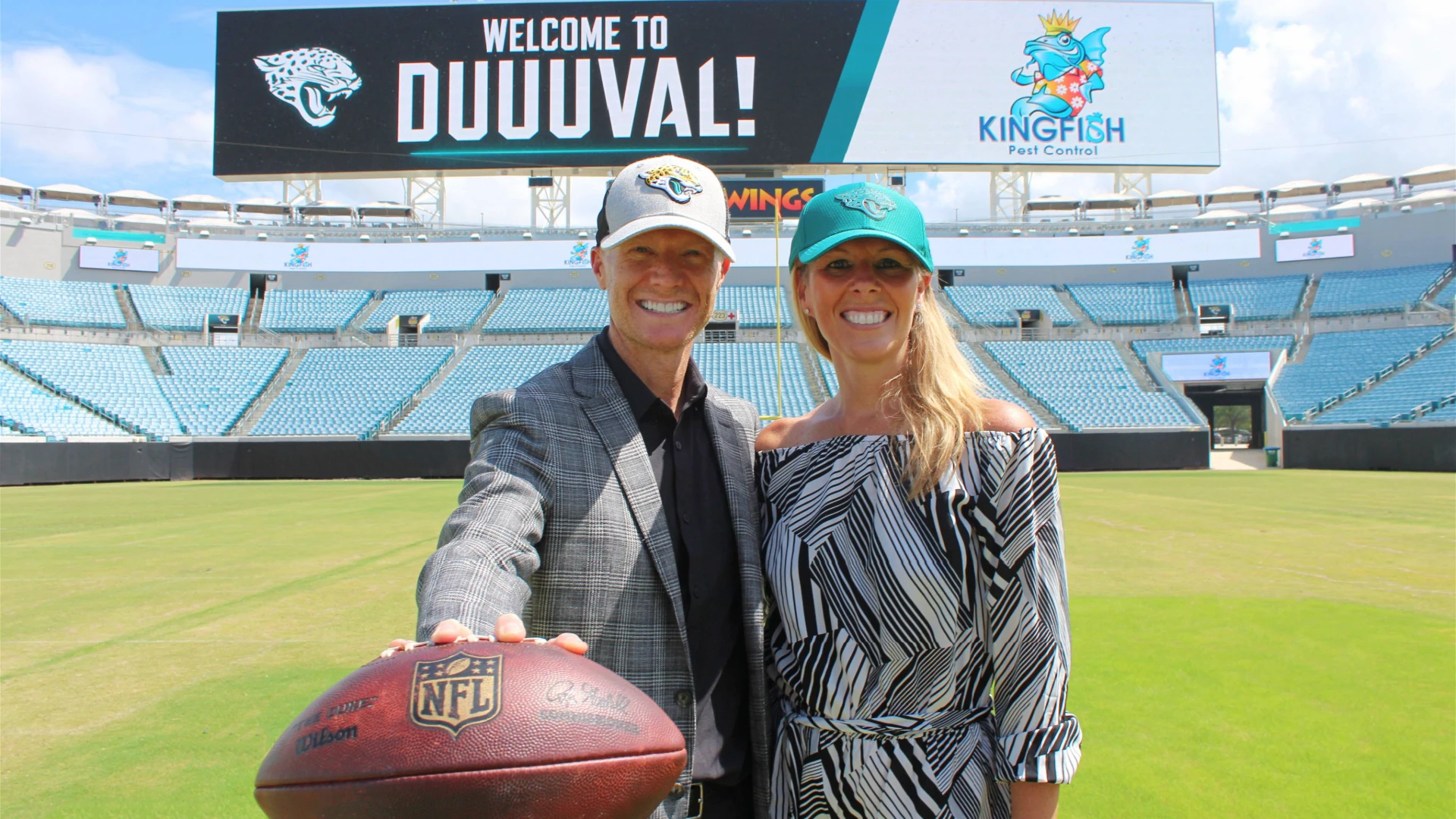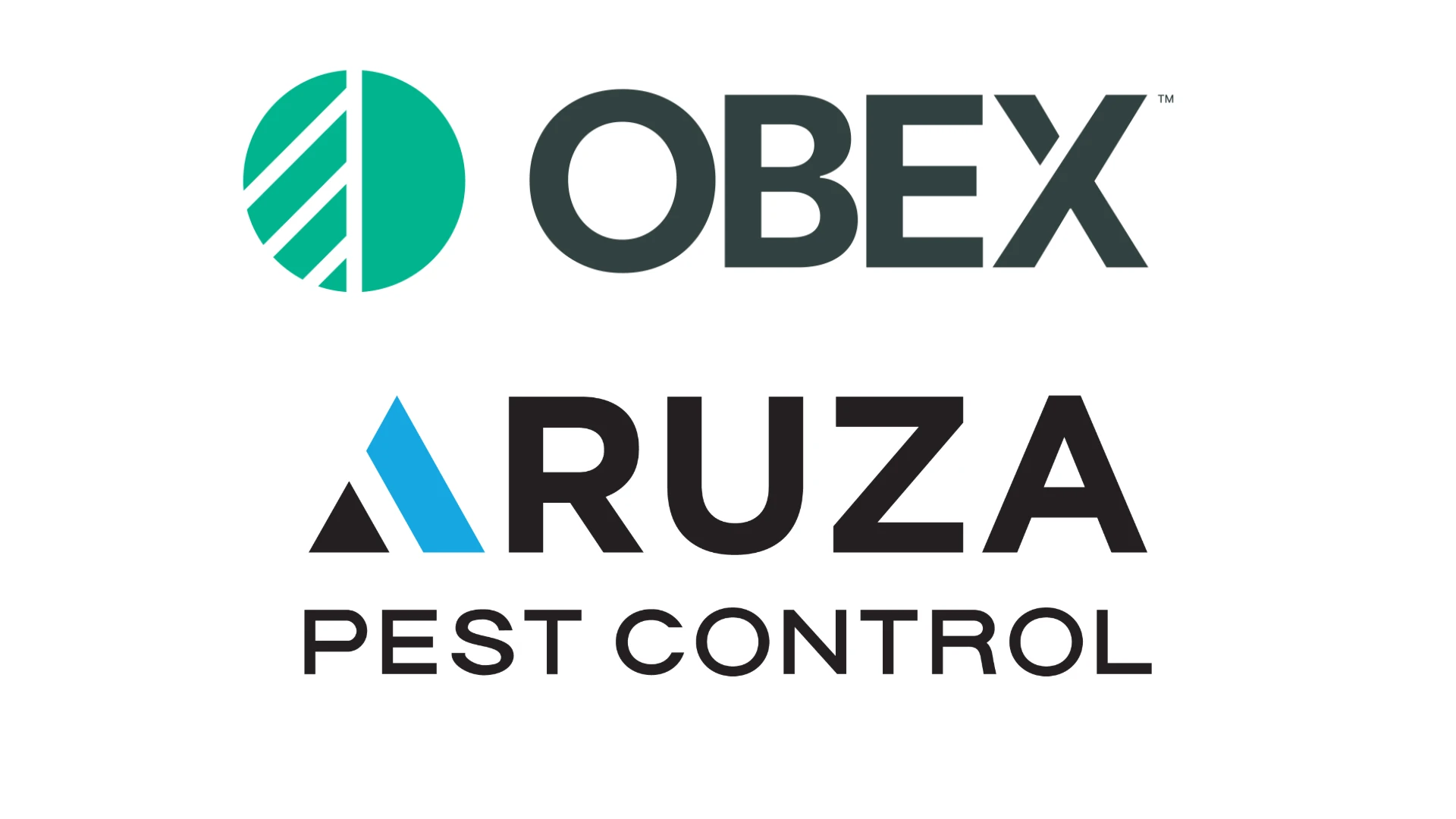Residents of southern Florida — especially ones who cherish privacy — love their ficus trees. The plants seem to be as common here as the summer heat, outlining countless condominium property lines, sidewalks and driveways.
Seemingly overnight in 2008, many of these beloved plants turned yellowish, and the undersides of their leaves became coated with what appeared to be a white, pebbly-like residue. Strangely, if you shook the plants, it looked like dandruff falling out. One person described it as a snow-globe paperweight turned upside-down. People were intrigued.
Then plants lost their leaves. Beautiful green hedges became dead sticks. People were outraged.
At the time, my company, All City Lawn & Pest Control in Hollywood, Fla., was relatively new. I was a confident pest control professional, and much of my firm’s marketing message described that assurance: Like many industry firms, we told clients and prospects that our team was "knowledgeable and hands on." We made it a point to mention we were "a problem-solving company" that was sure to bring "dedicated, personal customer service." Our website told visitors we brought the "finest in ornamental pest control and inside pest control services" to Dade, Brow-ard and Palm Beach Counties.
My biggest mistake was marketing All City Lawn & Pest Control through descriptions instead of examples — we had been telling instead of showing. We had been describing us, not educating them.
As expected, we began receiving calls about the ficus fiasco, including one from a 20-unit condominium near Miami: What was the issue? How soon could we fix it? We knew the correct answers (we have no idea, and, we really have no idea) wouldn’t gain us business, but time was of the essence. We realized this was an opportunity to help many people and businesses in our area. We told the condominium’s manager that we understood the severity of the issue, and would get back to him quickly with a strategy.
That day, the U.S. Department of Agriculture and local horticulture experts identified the culprit — the fig whitefly (Singhiella simplex), originally from Burma (now called Myanmar). We contacted experts and did some reading to learn about its makeup and habits. The body of the adult whitefly is yellow, and its wings are white with a faint grey band toward the middle. The whitish residue that looked like dandruff was empty casings or "skins" left behind by the creature’s immature stages when developing into adults. We learned the fig whitefly is not actually a fly, but rather a flying, gnat-like insect with red eyes and needle-like mouthparts. They get under ficus leaves and drain juices from the plant. They were literally sucking the life out of a state treasure.
This was a chance for us to shine.
After more research and further talks with suppliers and peers, we brought good news to the condominium — even ficus trees that appeared to be dead might be curable. We also found a solution — a systemic root drench that contained imidacloprid, followed by fertilizing — that likely would bring better results than spraying only.
It worked. Within weeks, the plants were as green and full as before.
Here’s the best part: We showcased our success immediately in marketing materials, including fliers we posted near complexes and businesses whose ficus plants were still affected. The fliers were educational, not self-congratulatory, and included informative copy about the pest and how our company had helped others in the area. We became quite busy, and felt energized by our consultative approach.
I’ve learned that it’s far more powerful to give prospects for-instance examples, testimonials and educational materials that prove our expertise and customer service. It’s not enough to simply say it.
That approach helps All City Lawn & Pest Control today, as we bring Integrated Pest Management to businesses and residents. We aim to teach, not tout, and business has never been better.
Photos courtesy of Holly Glenn, University of Florida IFAS, Tropical Research and Education Center.
—As told to Darin Painter

Explore the October 2010 Issue
Check out more from this issue and find your next story to read.
Latest from Pest Control Technology
- Veseris Expands in Turf & Ornamental and Pool Supply with Acquisition
- Pest Authority, Mosquito Authority Celebrate All-Star Franchisees
- Ka Tsu Joins Avoca.ai
- Envu's Suite of Pest Management Solutions
- In Memoriam: Tom Moore
- 2024 Crown Leadership Award Winner Kathy Heinsohn
- OPMA Shares Officer Inductions, PWIPM Chapter Updates from Winter Meeting
- Inside Out





